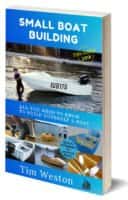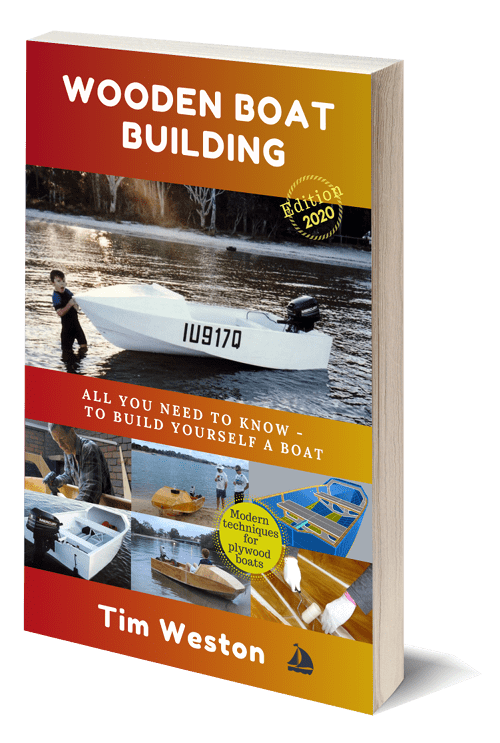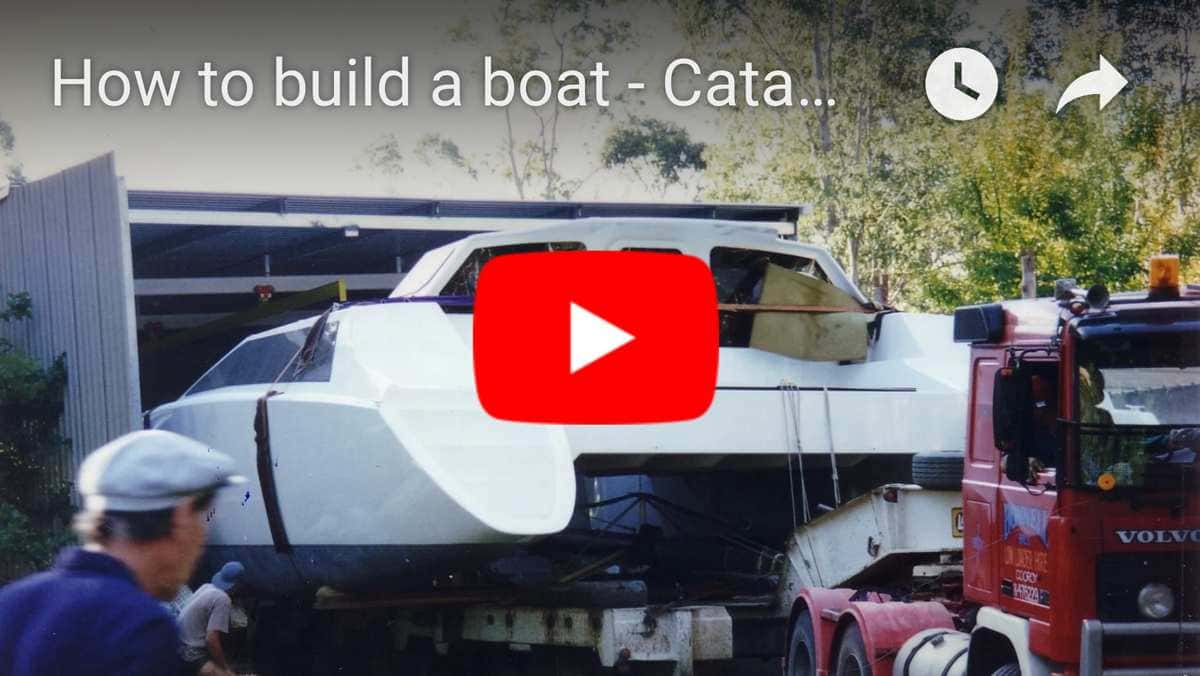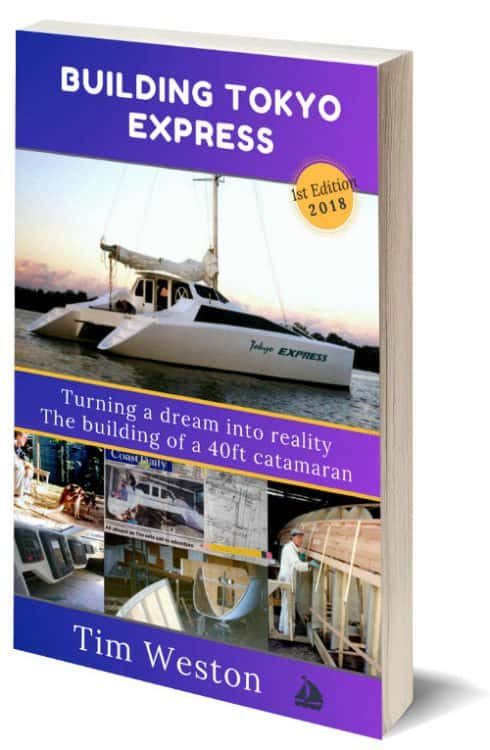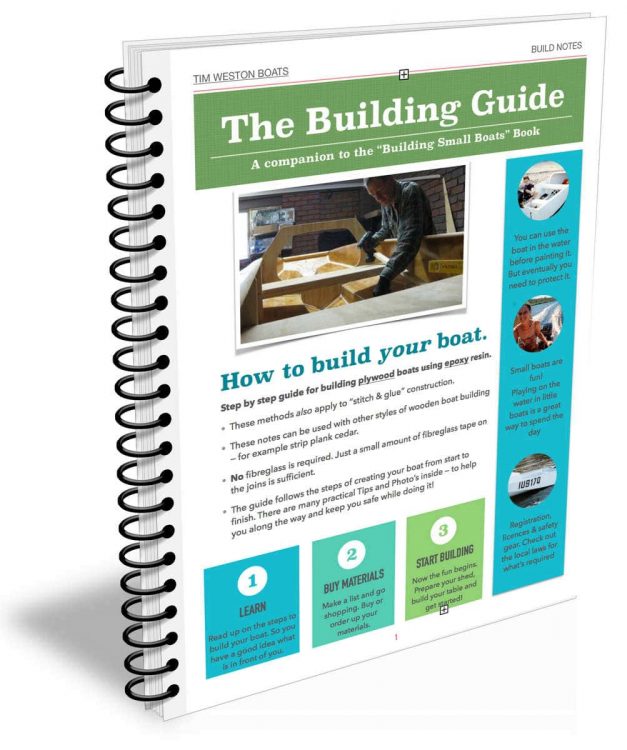Going fast – in small boats (with a small motor)
This article looks at how to go fast, in a boat with a small motor.
Plodding along at snail’s pace can get a little boring. No matter how relaxed I am and how much time I have nothing puts a smile on my face quicker than speed when on the water. Of course, if you put a big enough motor on (just about) anything, it will go fast.
But if you don’t want to spend large sums of money and lump around a big motor, you need to think outside the square a little.
It is nice to move fast and the only way to do it with a small (10-15ft) boat is to get her up on the plane, where she skims across the water instead of pushing through it. The trouble is, trying to do this with a small motor we don’t have a lot of power to play with.
If you ask your marine dealer if the 10ft aluminium Tinnie they are selling will get up on the plane with a 3.3hp motor, you will send them into fits of laughter (It happened to me). They will tell you it’s not possible. But I had the last laugh.
Short dumpy boats need a lot more power to have any chance of getting up onto the plane than a long slender boat, (and with a rough corrugated bottom it’s harder still).
The longer the hull, relative to the width and the weight, the easier it is to get her up onto the plane (less power needed). I will diverge for a moment and explain a little more what I mean and why this is so important.
Hull speed
Power is required to push a boat hull through the water to overcome the drag or resistance created by the hull. The faster the boat moves, the more power required.
There are basically 2 types of resistance to be overcome.
The 1st type of resistance is skin friction, which is the drag caused by the water as it slides along the surface of the hull. It is easy to visualise this type of drag, the faster you go the more the drag. It increases in a uniform manner as speed increases, at roughly the speed squared.
The 2nd type of resistance is wave-making resistance, the energy required to create the waves the hull produces. It is a little more complicated to visualise, it does not increase in a linear manner. It is this form of drag we need to understand and overcome to get our small boat on the plane. I will attempt to explain…
As the boat moves forward, it creates waves, that start from the bow (front) and the stern (back) of the boat, as it displaces the water it is moving through. The faster it goes, the longer the pitch of the wave system it is generating, (the distance from one wave crest to the next).
Counting the waves
The next time you are on a boat, observe what happens as it speeds up. You will see the pitch change in the waves that are produced by the bow of the boat as they form along the sides of the hull.
The pitch depends on the speed of the boat, not on the boat length. Starting off as mere ripples along the side of the boats hull, as the boat speeds up the distance between the wave crests gets longer until, if it goes fast enough, the distance from the bow wave to the 2nd wave crest, is equal to the length of the hull, leaving a trough halfway along the length of the hull. In bigger heavy boats, for example, a Tugboat it can be quite pronounced.
The speed that this occurs is referred to as the boat’s hull speed and without even looking at formulas, it is easy to visualise that a boat with a longer hull will have a higher speed when it reaches this condition. A very short boat (like the one I built here) will reach this condition at a relatively low speed ~ 4 knots (7.5 km/h).
A container ship with a waterline length of 600ft for example, entering the harbour at 10 knots (18.5 km/h) leaves barely a ripple behind as it is moving along at nowhere near its hull speed of ~28 knots (52 km/h). There are many wave crests and troughs along the length of its hull.
For the technical minded, the formula for hull speed is: Hull speed (knots) = 1.34 x √ hull length (at the waterline, in feet). For example, my boat with a 9ft waterline length, Hull speed = 1.34 x √9 = 4.02 knots (7.5kmh).
For a heavy displacement boat, to go faster than its hull speed requires a rapidly increasing amount of power, for an ever smaller increase in speed, as the crest of the 2nd wave, at the stern of the boat moves further behind the boat. As this happens the boat digs and sinks into its own “hole” in the ocean.
As the trough formed moves closer to the stern (rear of the boat), it has to try to climb up the wave it is producing. Which is why the bow of a boat rises as it picks up speed. The depth of the “hole” the boat is creating, depends on its weight relative to its length.
For a heavy displacement boat (for instance a Tugboat), it can’t travel much faster than its hull speed. It “hits a wall” and is trapped at this speed. An enormous amount of extra power is required to increase the speed by even a small amount.
Going faster than hull speed
But other types of boats can exceed their hull speeds-
• For a medium displacement boat (for instance a 300-tonne superyacht) with a semi-displacement hull, by adding (also) a huge amount of power but this boat is light enough (relatively) to start to “surf” or semi-plane, aided by the shape of the hull. But it is still too heavy to climb fully out of the water and onto the plane, as a speedboat does.
• For a long slender boat like a racing canoe or lightweight multihull, they can exceed their hull speeds due to their slenderness and by having a long waterline length relative to their low weight. They can exceed hull speed while still displacing water, moving through the water, not by climbing up and planing on top of it. Although they do start to rise in the water, as speed increases, even with a round bilge hull.
• And for lightweight boats, usually with a relatively flat planing hull and sufficient power, they climb up out of the water to slide across the surface rather than ploughing through it, as is all too familiar when you watch or ride in a speedboat. You can feel the transition as it “climbs” up out of the water, escaping from the “hole” it had created and its hull speed completely, sliding on top of the water in planing mode. The bow lowers once “on the plane” and the resistance of wave making drops away dramatically as the boat accelerates to speeds many times her hull speed.
Longer is better
The longer you can make a boat, for the same weight and the narrower you can keep it, the easier it is to go faster than the theoretical hull speed.
Note – this is not because of the increase in the hull speed as given by entering a longer waterline length into the formula, that increase is insignificant. An extra metre longer doesn’t alter the result by much at all.
Rather, making the boat longer and slender with a smooth flat bottom, helps us escape to speeds beyond the hull speed, by a combination of the last two reasons given above. A longer, more slender hull digs a much shallower “hole” in the water, which makes it easier to climb out of its “hole” and transition to the plane.
The “hole” and the slope of the wave it creates is much flatter and much easier to climb out of. It is for this reason, the boat in this book can “semi-plane” with 2 people onboard escaping her hull speed, even with a very small 3.3hp motor.
And it’s for this reason, this boat gets on the plane effortlessly with one adult and gear onboard, skimming along with a relatively flat attitude as it does so, even with the 3.3hp motor. The shorter and “fatter” the boat, the deeper the hole it digs and the more power you need to get out of that hole and go fast. It makes a huge difference.
Tim Weston
Read more in the newly published book – “Small Boat Building”. The first part of the book is free to read.


